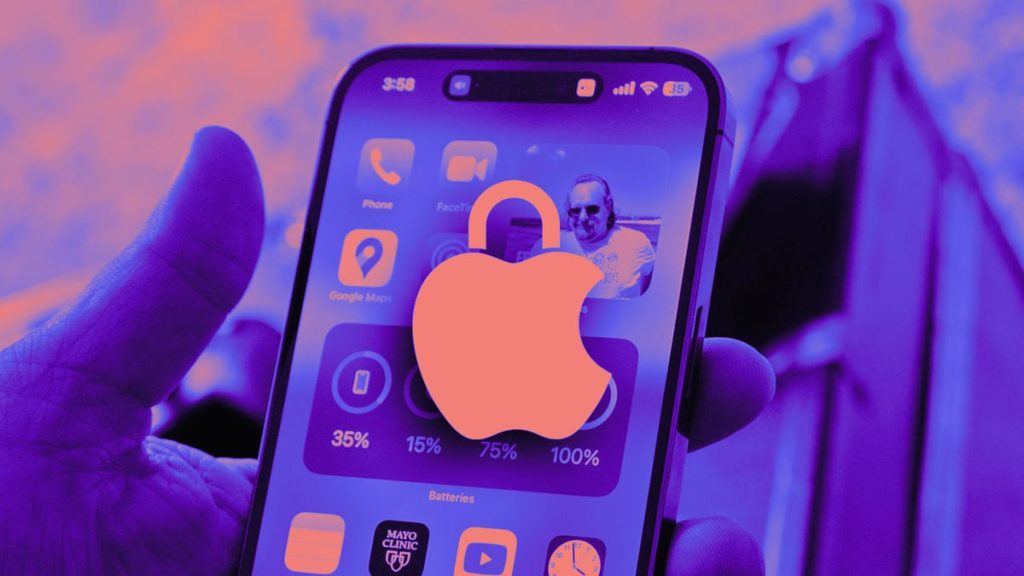Apple released iOS 17.5 on May 13, which included new features such as protections against unwanted third-party trackers. iOS 17.4, released in March, focused on enhancing the iPhone’s security by introducing additional Stolen Device Protection settings. This feature adds an extra layer of security to sensitive data, requiring biometric information input twice when not in a known location, like your home, before accessing it. However, there were limitations to this feature, as familiar locations such as coffee shops or apartments could still pose risks if the iPhone was lost there. To address this, iOS 17.4 allowed users to set a one-hour security delay regardless of their location, ensuring added protection for their data.
To always require a one-hour security delay, users can follow these steps in the iPhone settings: open Settings, tap Face ID & Passcode, scroll down to Stolen Device Protection, enable the toggle next to Stolen Device Protection if it’s not already on, and select “Always” under Require Security Delay. This ensures that the device will prompt for a security delay even in familiar locations, offering constant protection for sensitive information. Despite the Stolen Device Protection feature, certain settings such as Apple Pay transactions can still be accessed using the iPhone’s passcode, highlighting the importance of additional security measures to safeguard personal information. Apple recommends enabling Stolen Device Protection for all users, regardless of their preference for the security delay setting, to enhance overall data protection on the device.
For more information on Apple updates and features, users can explore iOS 17.5 and iOS 17.4 to understand the enhancements and improvements made to their devices. Resources such as a cheat sheet for iOS 17 and future expectations for iOS 18 at WWDC 2024 can also provide insights into upcoming developments and innovations from Apple. Overall, staying informed about the latest updates and features on Apple devices can help users better navigate and optimize their user experience, ensuring enhanced security and functionality for their devices. By following guidelines and utilizing available tools, users can make the most of their iPhones while protecting their data from potential security threats and vulnerabilities.












